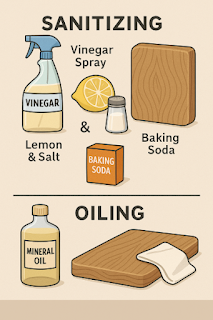NEMA 17 vs NEMA 23: Which Stepper Motor Fits Your DIY CNC Best?

When building a DIY CNC machine, selecting the right stepper motor is one of the most critical decisions you'll face. Among the most commonly used motors are NEMA 17 and NEMA 23, each offering unique advantages depending on the type and scale of your CNC project. So how do you choose between NEMA 17 and NEMA 23? In this post, we'll compare these two stepper motors in terms of size, torque, cost, power consumption, and ideal use cases—especially for woodworking CNCs like routers, lathes, and engravers. 1. What Do "NEMA 17" and "NEMA 23" Mean? "NEMA" stands for the National Electrical Manufacturers Association. The number (17, 23, etc.) refers to the size of the motor's faceplate measured in 1/10 inches. So: NEMA 17 : 1.7 inches (43.2mm) square faceplate NEMA 23 : 2.3 inches (58.4mm) square faceplate The size also affects the motor’s torque and frame strength. Larger size generally means more torque and load...









